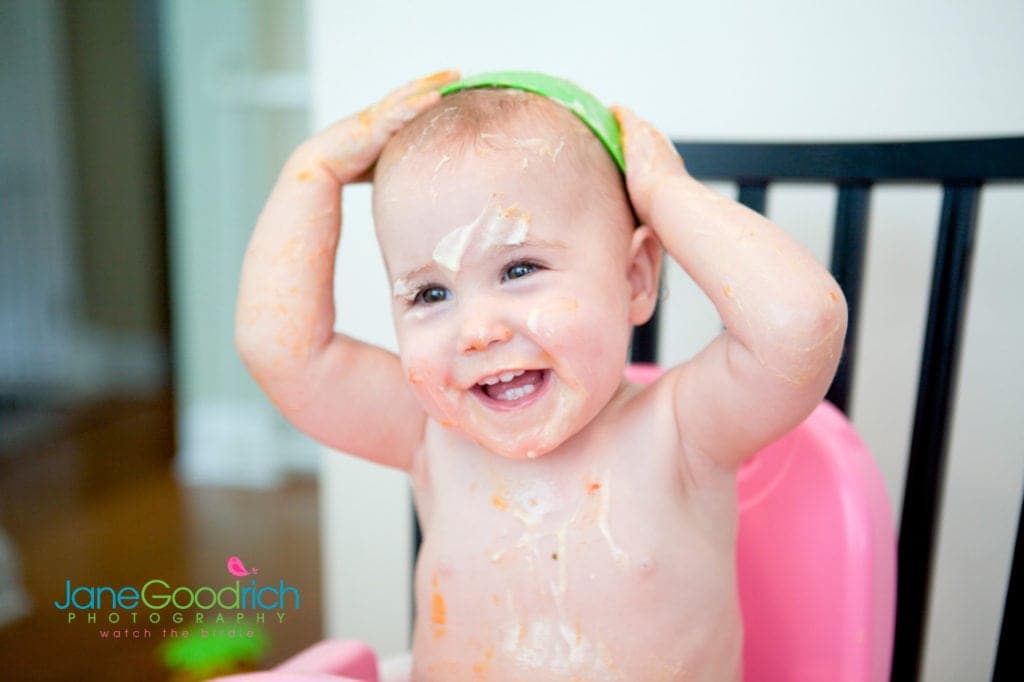10 GREAT TOOLS FOR PHOTOGRAPHING YOUR KIDS
May 27, 2023

Camera bodies, lenses, tripods, filters, bags, etc. – but what else?
Are there other pieces of equipment that you absolutely should have? It depends on who you ask!
Here are the ten great tools to help you get consistently good portraits of your children, and protecting your gear:
1. UV Filters
So you just dropped $$$ on a lens, but you couldn’t spend an extra few bucks for a UV filter? Egads! Lenses can last for a decade or more, if you treat them well. The first step is ensuring that your front glass element is protected from dust, dirt, and damaging UV rays.
2. External Flash
Although most photographers are not much of a fan of flash, eventually we all find that having a portable, small extra light source can sure come in handy, even on sunny days. An external flash that can be triggered off-camera (with a diffuser, of course), can come in really handy, particularly for indoor portraits in low light.
3. Flash Diffuser
I love using a flash diffuser to my off-camera flash unit to create softer light and more even lighting. I love the Gary Fong Lightsphere – It never leaves my camera!
4. Reflector
You know when you’re outside on a nice overcast day and can’t get even light on your kid’s faces? This is where a reflector comes in – it lets you bounce light back to even out the shadows. Not sure if you need or will use one? Make a DIY version with a piece of cardboard and some tinfoil or white paper.
5. Gorillapod
If carrying a full-sized tripod cramps your style then a tiny Gorilla pod may save the day when you want to be part of the photo, or are taking long exposures. If that’s not your style, carry two bulldog clips and use them to stabilize your smartphone.
6. Grey/White Cards
These super-cheap cards let you set a custom white balance, so no matter what the lighting conditions you can get accurate colors. Simply place them in the scene, take a shot, and set your camera to a custom white balance setting! If you’re finding that your photos have a “hue” then these might just save the day.
7. Memory Cards
If you only have a single memory card you’re putting yourself at risk of missing shots when your card fills up or decides to take a sick day. Get backups – they’re pretty affordable and don’t take up any extra space. You won’t know you need one, until you do.
8. Extra Batteries
The same goes for a spare battery – you may not need it very often, but when you do it will be in the middle of taking the most interesting photos of your life. Also, as your primary battery ages you may find that it doesn’t last as long as it used to (the same goes for child photography in cold weather!).
9. A Good Camera Bag (Or two, or three…)
Having a comfortable bag that can carry the necessities (plus your wallet, phone, and kid stuff) will encourage you to take your camera out more often. Try a Sling Bag or a backpack to save your back and keep your valuables close to you!
10. A Class or Book!
Finally, get some help! A photography class, course, or book can go a long way towards improving your child photography skills, so you can get the most out of all of your equipment and create some memorable images. I wrote the book Capturing Everyday Life to help you take photos of your kids! Grab one today!
